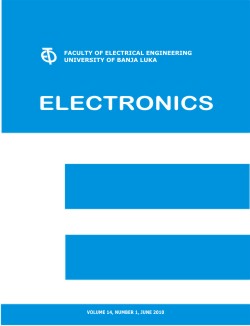Amplitude Malformation in the IFFT Ocean Wave Rendering under the Influence of the Fourier Coefficient
DOI:
https://doi.org/10.7251/ELS1418089CAbstract
Although Tessendorf’s IFFT Gerstner wave model has
been widely used, the value of A, a constant of the Fourier
coefficient, is not given. A will strongly influence the shape of the
rendered ocean wave and even cause amplitude malformation.
We study the algorithm of the IFFT Gerstner wave, and give the
method of A calculating. The method of the paper can guarantee
there is no amplitude malformation in rendered ocean waves. The
expression of the IFFT Gerstner wave with the amplitude of the
cosine wave is derived again. The definite integral of the wave
number spectrum is discretized. Further, another expression of
the IFFT Gerstner wave is gotten. The Fourier coefficient of the
expression contains the wave number spectrum and the area of
the discrete integral domain. The method makes the shape of the
generated wave stable. Comparing Tessdendorf’s method with the
method of the paper, we find that the expression of A should
contain the area of the discrete integral domain and the spectral
constant of the wave number spectrum. If A contains only the
spectral constant, the amplitude malformation may occur. By
reading some well known open source codes, we find that the code
authors adopted some factitious methods to suppress the
malformed amplitude Obviously, the code authors have already
noticed the phenomenon of the malformation, but not probed the
cause. The rendering results of the codes are close to that of the
method of the paper. Furthermore, the wave potential is
computed using the Gerstner wave model directly, the author find
it is quite close to that of the paper. The experimental results and
comparisons show that the method of the paper correctly
computes the wave potential and effectively solves the problem of
amplitude malformation.

